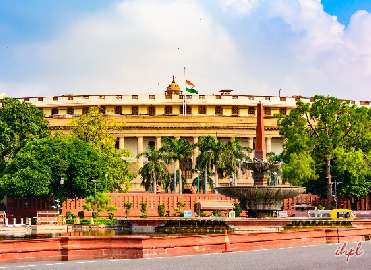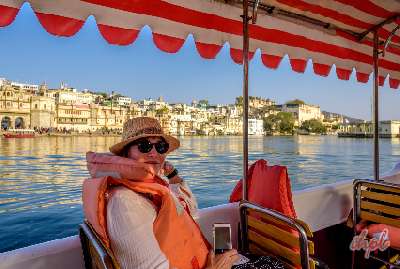One of the Indian Mutiny Memorials in Old Delhi is the Telegraph Memorial. Located in the north of British Magazine, the Telegraph Memorial is a symbol of the Indian freedom struggle and fervor that succeeded in putting an end to the British era.
It was from this memorial that two British officers Pilkington and Brendish sent the last message to Ambala and informed them of the revolt so that they could plan the counter attack. From their message officers could learn about the revolt in Meerut and Ambala. The last message which they sent was “We are off”. This informed the Punjab Government about the situation.
This memorial was erected in the year 1902, to commemorate the dedicated and loyal service of the Delhi Telegraph Office Staff. Robert Montgomery had commented “The Electric Telegraph has saved India”.
One of the oldest memorials in Delhi, the Telegraph Memorial still stands as a witness to those ignited times of history and also reflects the fervor of the 1857 Sepoy Mutiny.
Fast - Facts:
Location: It is located near the Kashmiri Gate.
History: It was from this place the last telegraphic message was sent to Ambala informing them about the attacks during Sepoy Mutiny in 1857.
How to Reach: Tourists can take auto rickshaws, taxis, buses or the Metro Rail.
Preferred Timings: It remains open on all days. 10-00a.m- 5-00pm
Charges for Photography: Nil
Nearest Shopping Venues:
- Chandni Chowk
- Chor Bazaar
- Chatta Chowk
Nearest Metro Station: Kashmiri Gate
Nearest Airport: Indira Gandhi International Airport
Nearest Railway Station: Old Delhi Railway Station
Nearby Attractions:
The Telegraph Memorial in Delhi is a witness to the Indian freedom struggle and fervor during the Sepoy Mutiny. The Telegraph Memorial is the place from where the last telegraph message was sent to the Punjab Army in Ambala informing them about the attacks in Meerut and Delhi.
It was from this place two British officers Pilkington and Brendish had sent the last message to Ambala and informed them of the revolt.
This memorial was erected in the year 1902, to commemorate the loyal service of the Delhi Telegraph Office Staff. Robert Montgomery had commented “The Electric Telegraph has saved India”.
Tourist Places near Telegraph Memorial:
Jama Masjid:
Completed in the year 1656, the Jama Masjid is one of the well known and the largest mosques in India. It is the country’s most magnificent mosque.
Chandni Chowk:
The Chandni Chowk is one of the busiest trading centers of Delhi which brings alive the colors of medieval India. The tinkling bangles, smell of parathas, intricate handicrafts will surely bring you to the streets of Chandni Chowk.
Rajghat:
Set amidst the serene locales on the bank of Yamuna, Rajghat is the place where Mahatma Gandhi was cremated.
Kashmiri Gate:
Situated amidst a bustling marketplace, the Kashmiri Gate stands as a witness to the ignited times of Sepoy Mutiny. It was at this place a fierce battle took place between the Indian Sepoys and the British army.
Dara Shikoh Library:
This library was built by Shah Jahan’s son and later used as the residential place for David Octerlony who was the first British Resident of Delhi.
St James Church:
Consecrated in the year 1836, this church is a replica of St. Paul’s Cathedral in London.
Lothian Cemetery:
The first cemetery in Delhi which was built for the European soldiers who lost their lives in the 1857 Sepoy Mutiny.
Salimgarh Fort:
Built by Sher Shah Suri’s son, Salim Shah, the Salimgarh Fort is a witness to too many historical events of the past. It was used as a artillery unit by the British.























